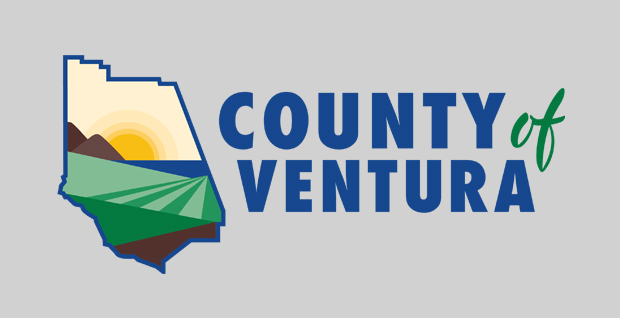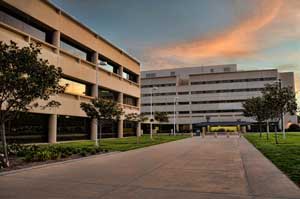Download article: English
Good Afternoon Community Members,
This is your e-news update on activity in addressing support for the unsheltered in the Santa Clara River Watershed. This is the second newsletter on this topic. The first message can be viewed here.
Update from District 1 and District 5
Supervisors LaVere and Ramirez, Districts 1 and 5, are the representatives for the area of the Task Force effort to address Santa Clara River bottom encampments. They, individually, and along with members of their staff, have accompanied the County Executive Officer, Sheriff, and County public health and other staff several times to see for themselves the encampments. They have observed the accumulation of trash and debris in the Santa Clara River bottom. They also recently went with the County’s Backpack Medicine team which offers help and services to the people living in the watershed. This is being done ahead of a major clean-up effort that is planned to take place in September. The County Executive team is leading the effort coordinating with the Sheriff’s office, Ventura and Oxnard Police, and Public Works Agency staff to make access easier and to clear pathways for the future clean-up event. More clearing of brush and vegetation, which pose a fire danger, will occur after the sites which are abandoned have been removed.
Supervisors LaVere and Ramirez know that the existing situation in the Santa Clara River Bottom is not an isolated occurrence. As such, they are actively engaging with the CEO’s office and various County Agencies and Departments as part of a leadership taskforce whose goals are to assist our unsheltered in finding housing while ensuring the long-term ecological health, public safety, and the elimination of crime activity in our watersheds and surrounding communities. This effort takes a village of agencies, jurisdictions, and departments to assess and ensure the effectiveness of this endeavor which includes finding housing for people and trying to avoid forcing them to find other unsuitable places to shelter. The unsheltered living locations are not good for the health and welfare of the unsheltered people and pose a risk to the broader community.
Task Force Recap
8/10/21 Task Force Established
The collaborative effort, supported by the Board of Supervisors, is led by the County of Ventura’s Executive Office working with the Supervisors of the impacted areas including the Offices of Supervisor Carmen Ramirez and Supervisor Matt LaVere. Other partners include the Cities of Oxnard and Ventura and community partner organizations. County departments involved include the Human Services Agency, Health Care Agency, Ventura County Sheriff’s Office, Fire Protection District, Public Works Watershed Protection District, General Services Agency, and CEO Community Development Team and Community Liaison.
Work on Abandoned Encampments
The Sheriff’s Office has conducted survey of the watershed area with County Fire for access path widening and to conduct a brush fire threat survey as it relates to the encampments. Widening of foot and access paths has been conducted to facilitate heavy equipment access. Watershed is scheduled to begin clean-up of abandoned encampments in September.
Survey and Outreach Efforts
Backpack medicine comprised of many County agencies providing support and resource and multi-disciplinary teams have made recent visits to the area. Multi-agency and law enforcement groups have convened and planned initial survey dates to further assess the area. A Santa Clara River Encampment Assessment was developed, including questions on potential alternative placement, health conditions, and current connection to services. Survey and outreach outings have taken place to provide information to people in the watershed area. Teams have representation across services, including the County’s Human Services Agency, Health Care Agency Healthcare for the Homeless, Whole Person Care and Behavioral Health.
Relocation Option Identification
Scope of this particular effort will be informed by surveys and outreach taking place, so these items are in development. Based on the needs of each homeless individual in the river bottom, efforts will be made to connect individuals to shelter and housing options funded by the County and Cities ranging from shelters, hotels, safe camping/parking, affordable housing, permanent supportive housing, and rentals among others. The County and Cities are exploring providing transportation to these options in addition to mobile showers, handwashing stations, property storage and restrooms if relocating to a safe camping location.
Project Roomkey funding is extended through 12/31/21. The future of that program impacts relocation strategies. 186 households are currently supported by Project Roomkey with motel vouchers and 65 households are supported at the Oxnard site supported by Mercy House and the National Health Foundation. This resource remains in place for highly vulnerable seniors and persons with serious medical conditions who are homeless. Of those that have exited, 30% have exited to permanent housing and 50% are in temporary placements. More than 600 people have been assisted since the start of the program in our County.
Leadership Coordination
County leaders have met with all ten city managers and discussed coordination on safe camping/sleep and prohibited camping area policies, maximizing access to state funding that is becoming available, coordination of resources/cost sharing on continued watershed cleanup and homeless housing/support efforts.
Program Spotlight – Ventura County Health Care Agency
Healthcare for the Homeless – One Stop
The County of Ventura Health Care Agency hosts One Stop events throughout the County each week, providing health care, showers, services, case management, risk assessments, relief assistance and more. This on going outreach effort helps connect unsheltered individuals to services. Learn more about homeless services here.
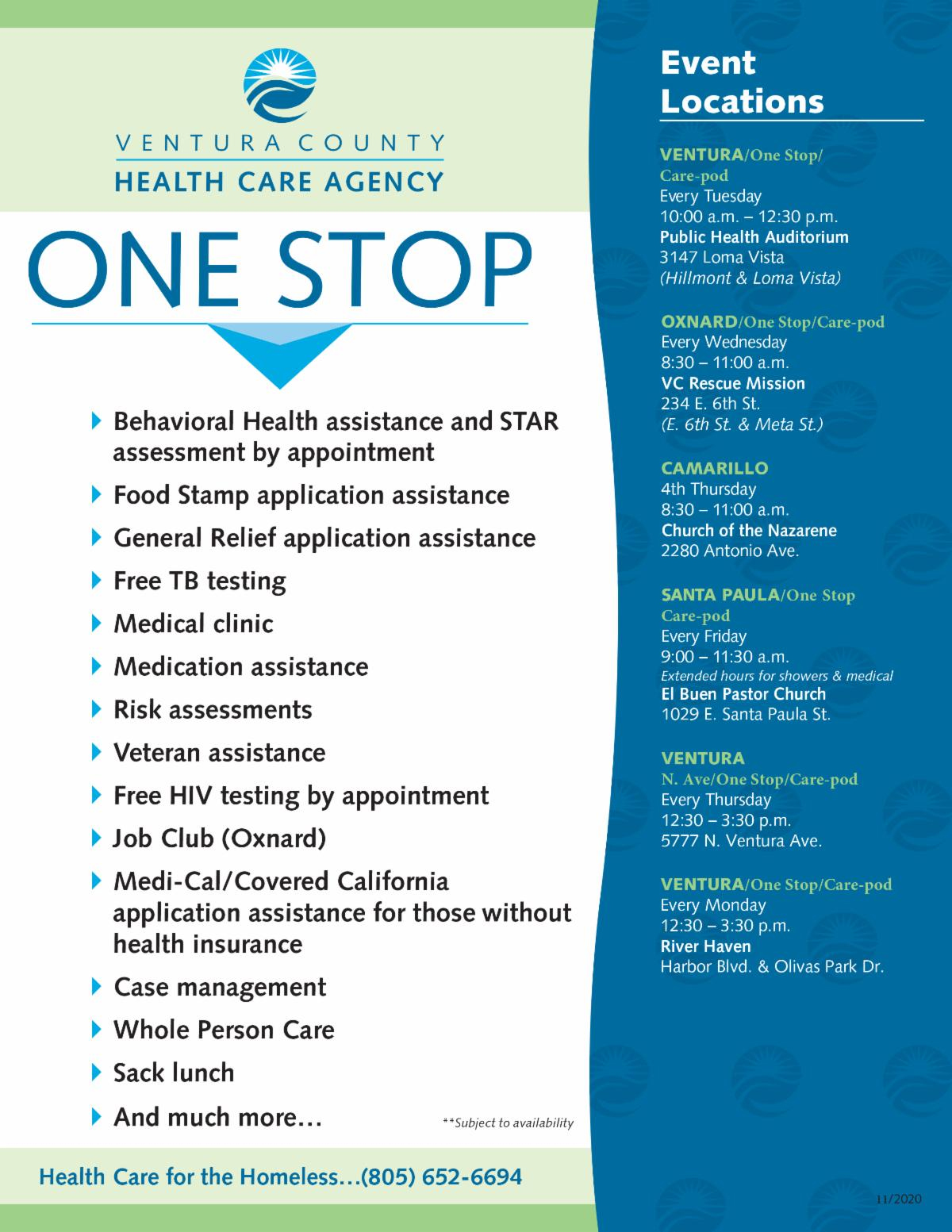
Whole Person Care
Whole Person Care (WPC) coordinates health, behavioral health, and social services for patients with complex care needs, including patients who are frequent utilizers of emergency and hospital services and persons experiencing homelessness. WPC offers intensive, high quality, field-based care, focused around a shared care plan that coordinates care across many providers. WPC staff, including community health workers, nurses, substance use navigators, and behavioral health clinicians meet with patients at home and in the community to connect them with needed resources.
Beginning in January 2022, as part of larger changes to Medi-Cal, WPC will transition to CalAIM, expanding to provide more flexible, coordinated services for a larger group of vulnerable populations including:
- Individuals and families experiencing homelessness
- High utilizers
- Adults with serious mental illness (SMI)/substance use disorder (SUD)
These populations of focus will phase in beginning in January, 2023:
- Children/youth with serious emotional disturbance, identified to be at high clinical risk for psychosis or experiencing a first episode of psychosis
- Incarcerated and transitioning to the community
- At risk for institutionalization and eligible for long-term care
- Nursing facility residents transitioning to the community
- Children and youth with complex medical conditions
- Children involved in child welfare, including those with a history of involvement, and foster care up to 26.
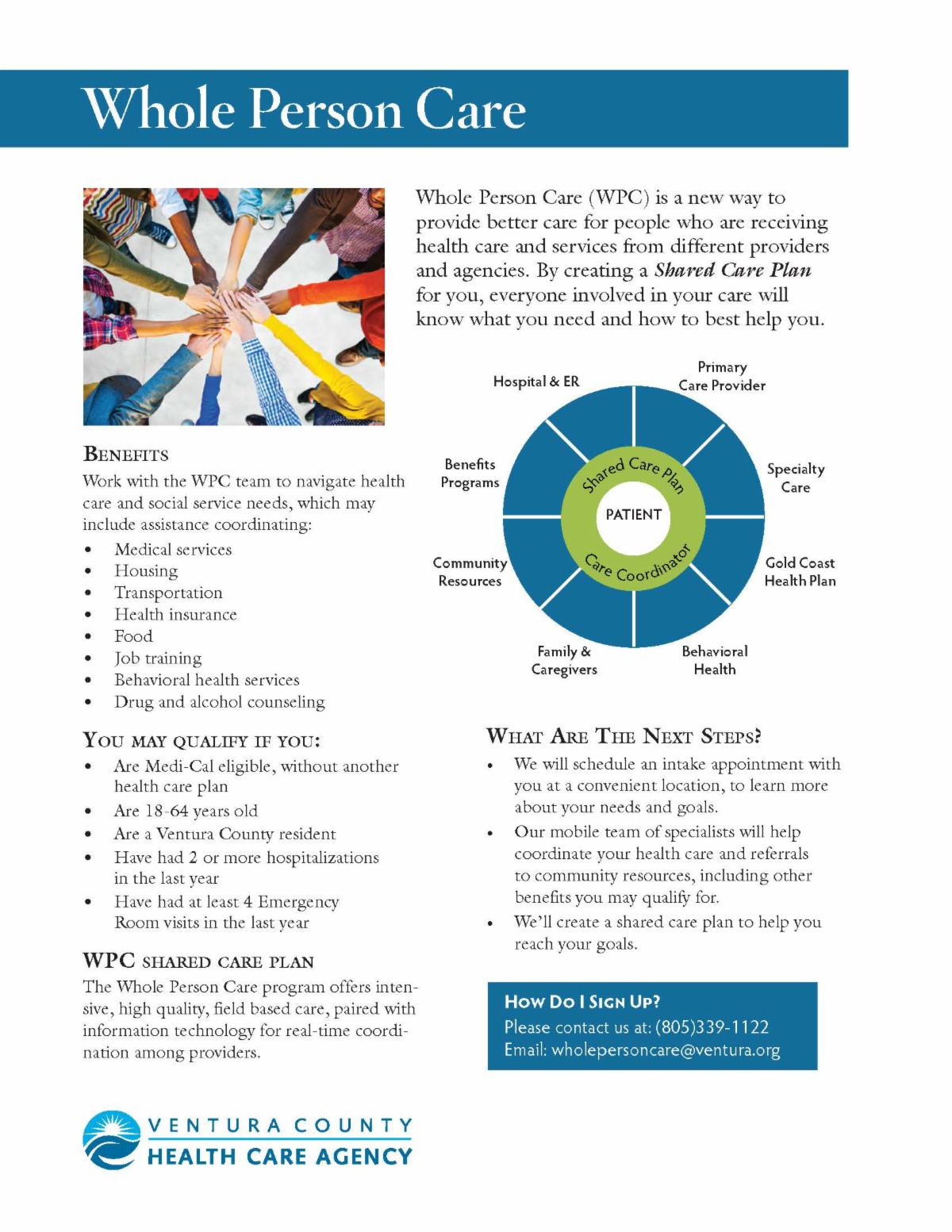
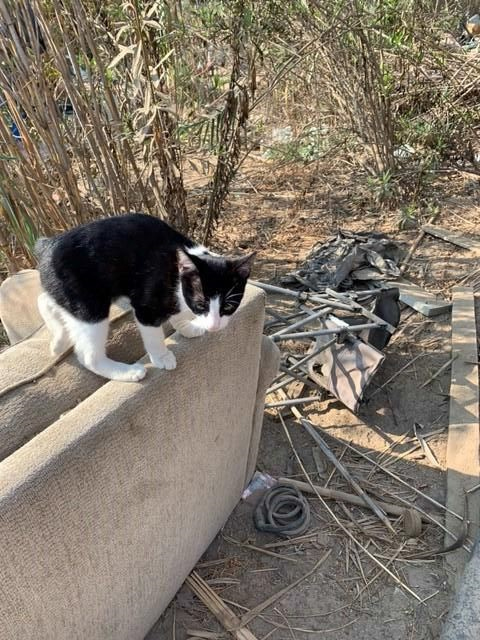 “Living in the riverbed isn’t healthy. But one of the things that can comfort a homeless person is a pet. Today, I met this very healthy kitten, obviously someone cares for her and I am certain that she brings joy to her owner. It is important for us to remember that some unsheltered folks will not leave their companion animal, sometimes their only true friend, even when housing is offered. Understanding this helps us make progress getting people into better living situations as “one size does not fit all”. I am grateful that our County, cities, and non-profit organizations recognize this. I want to thank them all for taking on this difficult task of finding better living situations for the people,” said Supervisor Carmen Ramirez, District 5.
“Living in the riverbed isn’t healthy. But one of the things that can comfort a homeless person is a pet. Today, I met this very healthy kitten, obviously someone cares for her and I am certain that she brings joy to her owner. It is important for us to remember that some unsheltered folks will not leave their companion animal, sometimes their only true friend, even when housing is offered. Understanding this helps us make progress getting people into better living situations as “one size does not fit all”. I am grateful that our County, cities, and non-profit organizations recognize this. I want to thank them all for taking on this difficult task of finding better living situations for the people,” said Supervisor Carmen Ramirez, District 5.
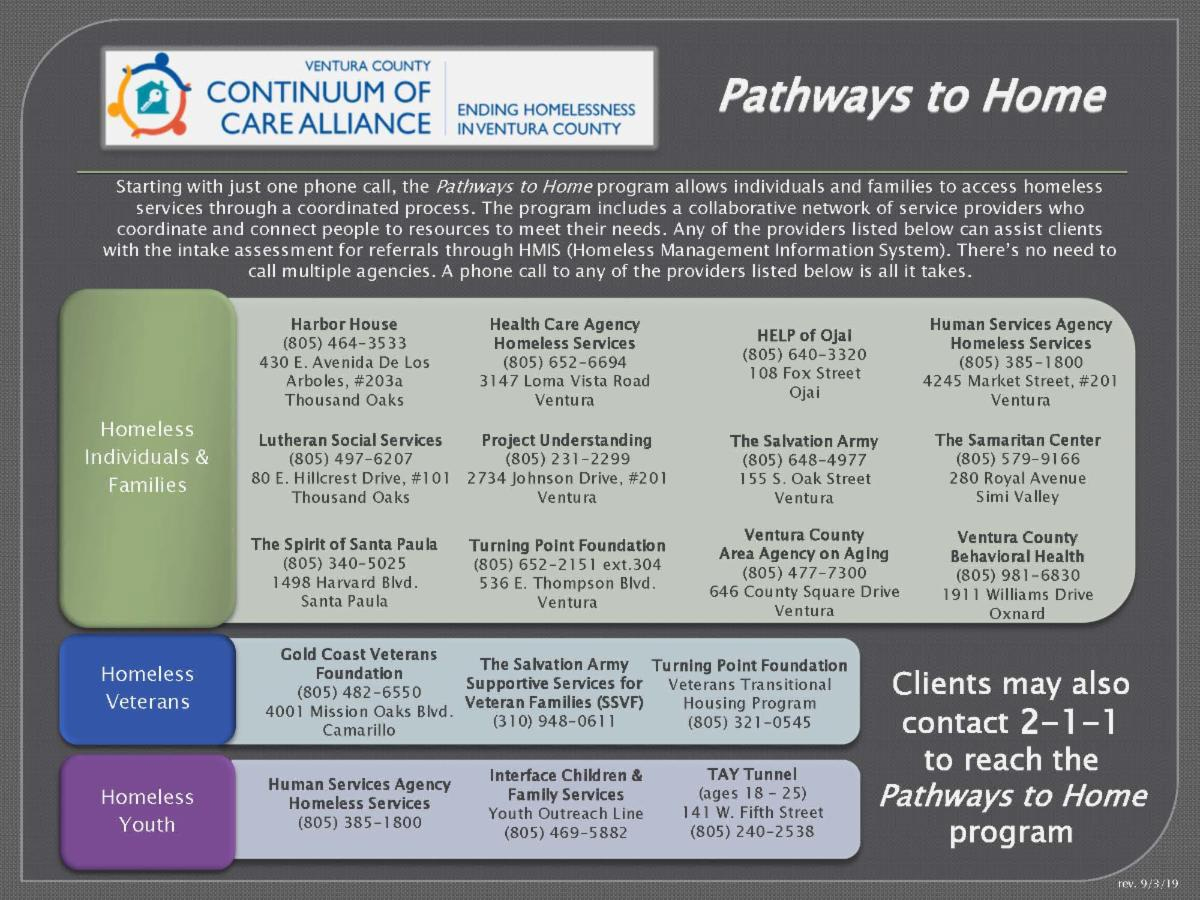
Building on Existing Homeless Programs and Housing Support
Together, the county and cities have made significant program efforts and financial contributions towards preventing and ending homelessness by investing in staffing, services, shelter and housing solutions. 500 people who would otherwise be unsheltered were placed in hotel rooms across four hotels in Ventura County. More than 200 individuals are sheltered in motels as of early August 2021. In 2020, there were over 2,300 persons experiencing homelessness that accessed services through the Continuum of Care homeless services system with over 1,200 individuals being placed into housing. The Ventura County Continuum of Care Alliance is a collaborative group dedicated To promoting a safe, desirable and thriving community by ending homelessness in Ventura County.
The County’s establishment of the coordinated entry system, countywide homeless management information system (HMIS) and 6 one-stop service centers across the County have helped connect individuals to a range of housing and support services including whole person care, recuperative care, food assistance, rapid housing, emergency shelters, permanent supportive housing, and transitional housing among other services. In recent years, emergency shelter capacity in Ventura County has grown thanks to increased funding from the County and cities, coupled with state funding. These financial contributions have created and supported low barrier emergency shelter programs, including Project Roomkey and seasonal motel placements.
Additional Supportive Services
RAIN Transitional Living Center
RAIN provides temporary housing and services for individuals and families transitioning from homelessness to self-sufficiency. RAIN has a total of 24 rooms: 16 rooms for individuals and families, six rooms for individuals, and two rooms with a total of five beds for adults recovering from injury or illness. RAIN provides intensive case management and counseling, a clean-and-sober environment, nutritious meals, transportation for jobs and job searches, and care for children. RAIN residents participate in a mandatory savings program to establish funds for permanent housing. For more information about RAIN please call 805-383-7505.
Supportive Services for Veteran Families (SSVF)
The Supportive Services for Veteran Families (SSVF) program is designed to aid veterans and their families who are facing homelessness or are at imminent risk of becoming homeless. The Ventura County Veterans team, the Homeless Services team, and other stakeholders are working to end homeless for veterans. Learn more here.
Homelessness Prevention & Rapid Re-Housing Program (HPRP)
The Ventura County Homeless Prevention & Rapid Re-Housing (HPRP) and the Federal Emergency Solutions Grant Program (ESG) make funds available to local residents who are currently homeless or facing homelessness (received a notice to vacate) from rental housing within 21 days. Through HPRP and ESG, residents are stabilized in housing and assisted comprehensively to help ensure they do not face homelessness again. To learn more call 805-385-1800.
CalWORKs Housing Support Program (CHSP)
The CalWORKs Housing Support Program (CSHP) provides help to move homeless families (or families at risk of homelessness), who have applied for or are receiving CalWORKs benefits, into rental housing. For more information call 805-385-1811.
Homeless Services Program
The County of Ventura Human Services Agency operates the Homeless Services Program, which serves individuals and families experiencing or at risk of homelessness. Homelessness is defined as: sleeping in a place not meant for human habitation; sleeping in an emergency shelter; fleeing domestic violence, while at risk of homelessness is defined as imminently losing housing within the next 21 days. For more information, please call 805-385-1800 during office hours 8 a.m. – 4:30 p.m.
Featured Services
Through our services, individuals and families are connected to a network of agencies that provide health care, mental health services, drug and alcohol abuse treatment, temporary housing, and other benefits, including help in securing permanent housing.
More service information can be found here.

